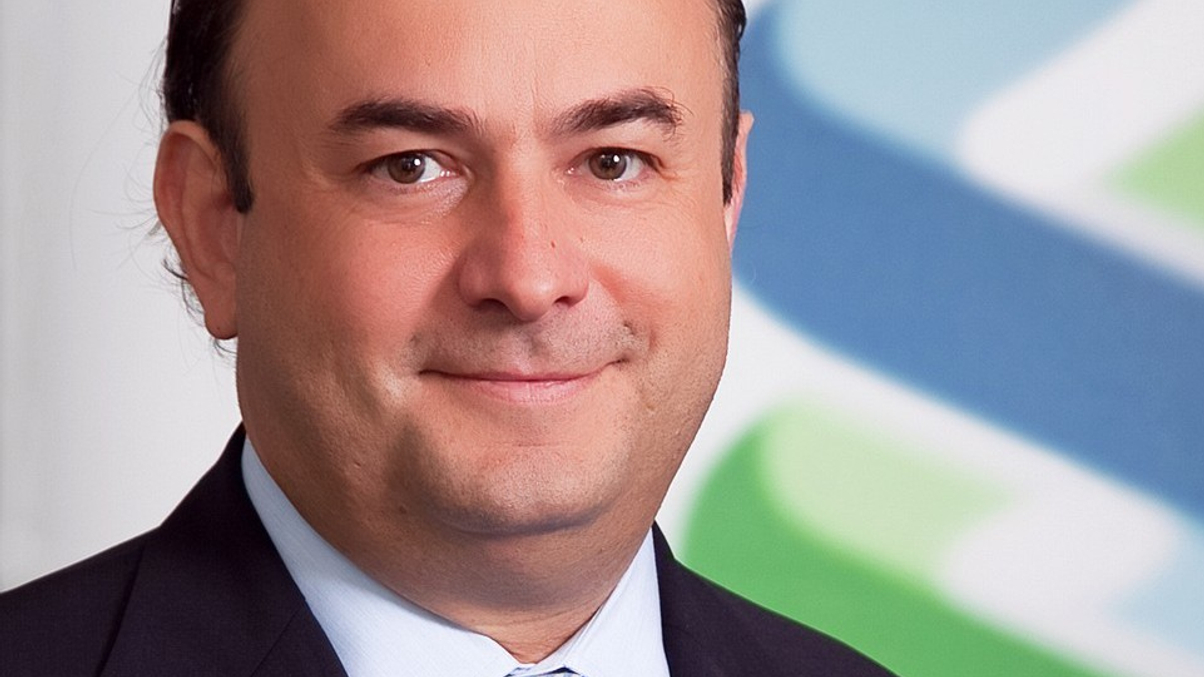StanChart’s Alexis Calla on selecting funds
The bank's global head of investment advisory talks about how he chooses products to put on the firm's shelves and what he'd like to see from asset managers.

Based in Singapore, Alexis Calla has two distinct functions at Standard Chartered*. He is global head of advisory for the group, whereby he oversees portfolio construction, allocation, advisory and developing market views and investment ideas. He also heads the team of private bank investment advisers and oversees discretionary portfolio management. His other main role is running the private market and mutual fund platform for the private and the retail client segments.
Sign in to read on!
Registered users get 2 free articles in 30 days.
Subscribers have full unlimited access to AsianInvestor
Not signed up? New users get 2 free articles per month, plus a 7-day unlimited free trial.
¬ Haymarket Media Limited. All rights reserved.


